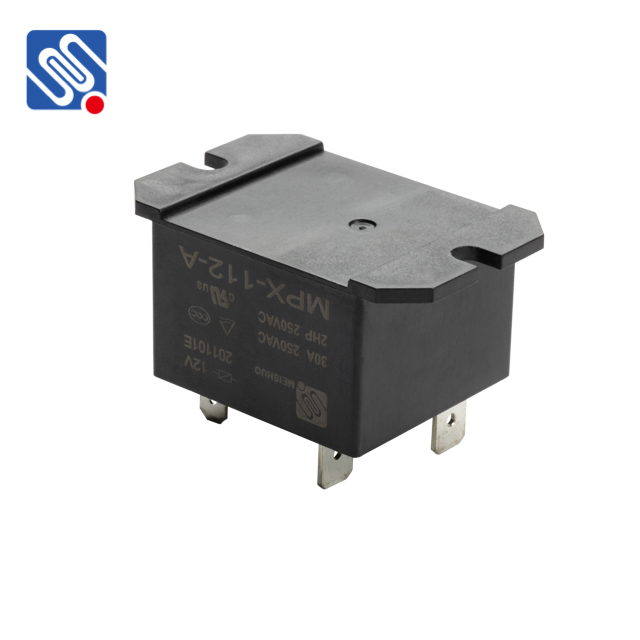A 220V 30A relay is an essential electrical component widely used in various industrial and residential applications that require switching of high-power devices. The relay is a type of electrically operated switch, designed to handle relatively high current and voltage, such as 220 volts and 30 amps, making it ideal for controlling heavy machinery, appliances, and other electrical systems. In this article, we will explore the function, features, applications, and importance of the 220V 30A relay in the world of electrical engineering and daily life.

What is a Relay? A relay is an electrically controlled switch that opens or closes a circuit in response to an electrical signal. This allows a low-power circuit to control a high-power circuit. The key advantage of using relays is that they provide electrical isolation between the control and load circuits. This isolation ensures that the low-power control circuit is protected from the high-power load, which is crucial for safety and longevity. How Does a 220V 30A Relay Work? The 220V 30A relay consists of several key components: a coil, an armature, a spring, and contacts. When a current is applied to the relay coil, it generates a magnetic field that pulls the armature towards the coil. This movement causes the relay’s contacts to either open or close, depending on the design of the relay. If the contacts close, the power flows through the load circuit, and if they open, the power flow is interrupted.